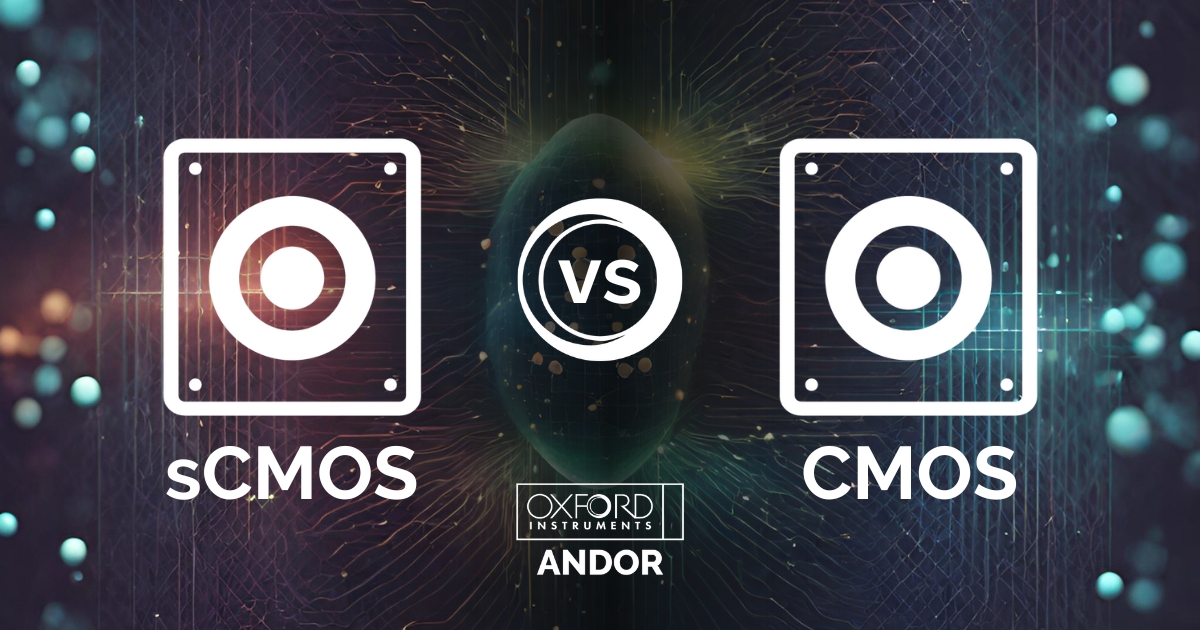
CMOS
Complementary metal–oxide–semiconductor, also known as complementary-symmetry metal–oxide–semiconductor, is a type of metal–oxide–semiconductor field-effect transistor fabrication process that uses complementary and symmetrical pairs of p-type and n-type MOSFETs for logic functions. CMOS technology is used for constructing integrated circuit chips, including microprocessors, microcontrollers, memory chips, and other digital logic circuits. CMOS technology is also used for analog circuits such as image sensors, data converters, RF circuits, and highly integrated transceivers for many types of communication. Mohamed M. Atalla and Dawon Kahng invented the MOSFET at Bell Labs in 1959, and then demonstrated the PMOS and NMOS fabrication processes in 1960. These processes were later combined and adapted into the complementary MOS process by Chih-Tang Sah and Frank Wanlass at Fairchild Semiconductor in 1963.



